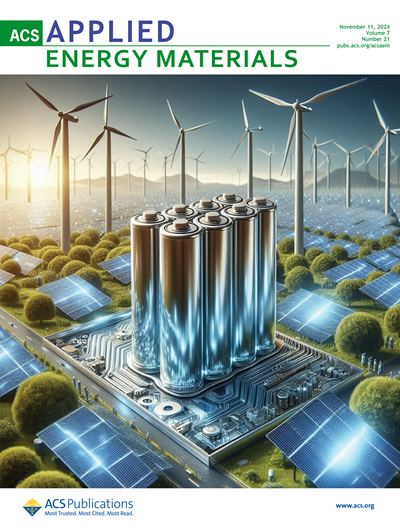用猫鼬 I 进行的 TRAPUM 大麦哲伦云脉冲星巡天:巡天装置和首次发现的七颗脉冲星
IF 5.4
3区 材料科学
Q2 CHEMISTRY, PHYSICAL
引用次数: 0
摘要
大麦哲伦云(LMC)由于其独特的恒星形成特征和靠近银河系,为脉冲星群研究提供了一个独特的环境。作为TRAPUM(TRAnsients and PUlsars with MeerKAT)大巡天项目的一部分,我们正在利用MeerKAT射电望远镜(MeerKAT)的核心阵列,在L波段频率(856-1712 MHz)对大麦哲伦云的射电脉冲星进行有针对性的搜索。MeerKAT 的灵敏度极高,加上 2 小时的积分时间,使得这次巡天比以前的 LMC 射电脉冲星巡天灵敏度高出 3 倍。我们报告了最初四个巡天测点的结果,发现了七颗新的射电脉冲星,使 LMC 射频脉冲星的数量增加了 30%。这些新脉冲星的脉冲周期从 278 毫秒到 1690 毫秒不等,最高色散测量值为 254.20 pc cm-3。我们在以 SN 1987A 残迹为中心的波束中搜寻,但没有发现任何明显的脉冲射电辐射,因此确定其在 1400 MHz 的最小通量密度上限为 6.3 μJy。本文章由计算机程序翻译,如有差异,请以英文原文为准。
The TRAPUM large magellanic cloud pulsar survey with meerkat I: Survey setup and first seven pulsar discoveries
The Large Magellanic Cloud (LMC) presents a unique environment for pulsar population studies due to its distinct star formation characteristics and proximity to the Milky Way. As part of the TRAPUM (TRAnsients and PUlsars with MeerKAT) Large Survey Project, we are using the core array of the MeerKAT radio telescope (MeerKAT) to conduct a targeted search of the LMC for radio pulsars at L-band frequencies, 856–1712 MHz. The excellent sensitivity of MeerKAT, coupled with a 2-hour integration time, makes the survey 3 times more sensitive than previous LMC radio pulsar surveys. We report the results from the initial four survey pointings which has resulted in the discovery of seven new radio pulsars, increasing the LMC radio pulsar population by 30 per cent. The pulse periods of these new pulsars range from 278 to 1690 ms, and the highest dispersion measure is 254.20 pc cm−3. We searched for, but did not find any significant pulsed radio emission in a beam centred on the SN 1987A remnant, establishing an upper limit of 6.3 μJy on its minimum flux density at 1400 MHz.
求助全文
通过发布文献求助,成功后即可免费获取论文全文。
去求助
来源期刊

ACS Applied Energy Materials
Materials Science-Materials Chemistry
CiteScore
10.30
自引率
6.20%
发文量
1368
期刊介绍:
ACS Applied Energy Materials is an interdisciplinary journal publishing original research covering all aspects of materials, engineering, chemistry, physics and biology relevant to energy conversion and storage. The journal is devoted to reports of new and original experimental and theoretical research of an applied nature that integrate knowledge in the areas of materials, engineering, physics, bioscience, and chemistry into important energy applications.
 求助内容:
求助内容: 应助结果提醒方式:
应助结果提醒方式:


